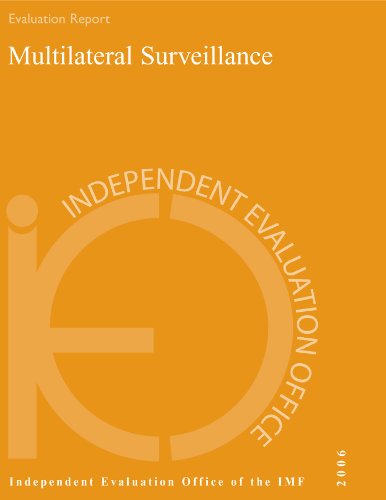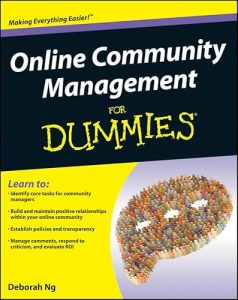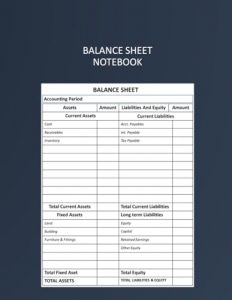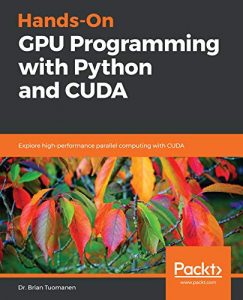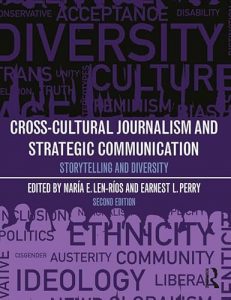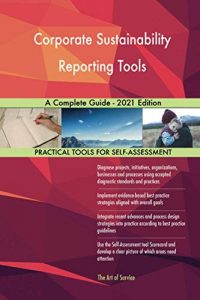1. IEO Report on Multilateral Surveillance: An Independent Analysis of a Core IMF Function
Delve into the heart of financial stability with the “IEO Report on Multilateral Surveillance” by the International Monetary Fund. This insightful report offers an independent analysis crucial for understanding monetary policies on a global scale. It provides a comprehensive look at how countries interact within the international monetary system. The report’s detailed exploration of multilateral surveillance functions is essential for policymakers, economists, and students alike, who seek to comprehend the dynamics of financial cooperation and challenges in the global economy. Learn from the experts and expand your understanding of this pivotal IMF function—a must-read for anyone serious about economic stability.
2. Current Legal Issues Affecting Central Banks, Volume V
“Current Legal Issues Affecting Central Banks, Volume V” by Robert C. Effros presents a thorough analysis of the contemporary legal challenges facing central banks. This book provides invaluable insights for legal professionals, economists, and policymakers, offering a critical examination of the evolving legal framework governing central banking. It discusses recent legal cases and their implications for monetary policy, highlighting key issues that central banks must navigate in today’s complex economic landscape. This book is particularly relevant for those looking to understand the intersection of law and economics within central banking—an essential addition to the library of anyone interested in financial governance.
3. World Economic Outlook, September 2011: Slowing Growth, Rising Risks
The “World Economic Outlook, September 2011” report by the International Monetary Fund provides crucial insights into global economic trends and forecasts. This detailed report thoroughly analyzes the slowing global growth rates and identifies emerging risks that could threaten economic stability. For economists, business leaders, and students, this book serves as a vital tool for understanding the complexities of international markets. It effectively discusses the implications of economic shifts and prepares readers to engage with pressing financial issues critically. It’s an important read for anyone who wants to stay informed in a rapidly changing economic landscape.
4. World Economic Outlook, December 2001: Special Issue – The Global Economy After September 11
This special issue of the “World Economic Outlook” provides an in-depth exploration of how the global economy was impacted by the events of September 11. With contributions from prominent economists and analysts, this report captures the immediate responses and longer-term implications for international finance and trade. It is indispensable for anyone researching the evolution of economic thought in crisis management and recovery strategies post-9/11. The perspectives offered in this report are crucial for understanding resilience in the face of unprecedented global challenges—making it a significant read for historians and economists alike.
5. Regional Economic Outlook, October 2007: Asia and Pacific
The “Regional Economic Outlook for Asia and Pacific” provides strategic insights into the economic performance and prospects of these rapidly growing regions. Compiled by the International Monetary Fund, this report is essential for investors, policymakers, and researchers, offering a detailed analysis of trends and challenges within key economies. Understanding the region’s economic landscape will help readers anticipate future developments and make informed decisions. This book stands out for its clarity and depth of analysis, making it a requisite read for anyone looking to grasp the nuances of Asia and Pacific economics.
6. Regional Economic Outlook, November 2007: Western Hemisphere
The “Regional Economic Outlook, November 2007” focuses on the economic conditions of the Western Hemisphere. It examines economic growth, inflation, and external vulnerabilities, providing readers with a comprehensive understanding of regional dynamics. This important report is invaluable for economists and policymakers as it lays out potential risks and opportunities specific to the Western Hemisphere economies. It encourages thoughtful analysis and strategic planning, which is crucial for anyone engaged in regional economics or investments. Dimensional and data-driven, it makes for insightful reading for those wanting to understand the interconnectedness of these economies.

